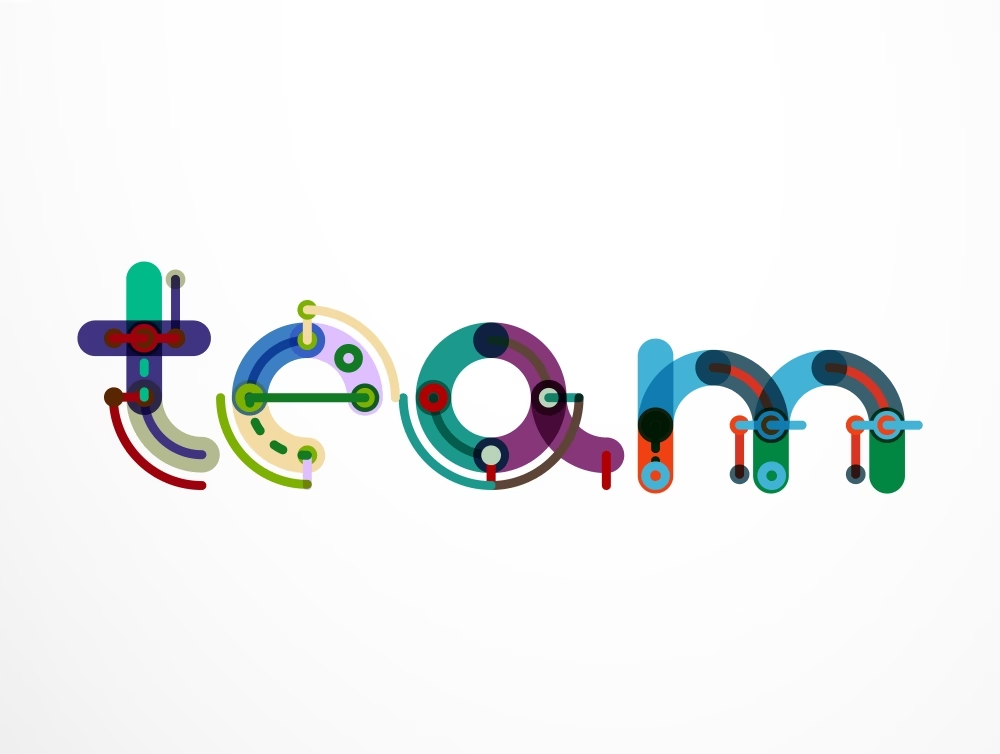In the workplace, the terms leaders choose to describe their people can have a ripple effect on company culture, morale, and overall performance.
One small but powerful shift gaining popularity is swapping out “employees” in favor of “team members.”
But what’s behind this shift, and why does it matter?
Encouraging a Sense of Belonging
“Employee” might be technically correct, but it tends to feel a bit cold and transactional.
It frames the relationship as purely economic: show up, do the job, get paid. That definition, while functional, misses the mark when it comes to building a culture of collaboration and connection.
On the flip side, calling someone a “team member” suggests involvement and unity. It places each individual within the context of a larger mission—people working side by side toward shared objectives. That slight change in wording can subtly affirm that everyone counts, and that success is something built together.
Driving Engagement Through Connection
Using “team member” sets a tone of mutual respect and collective effort.
It communicates that the organization values input, participation, and cooperation. With this mindset baked into everyday language, people are more inclined to think beyond their job titles and focus on how their work fits into the bigger picture.
Engaged people perform better. They’re more creative, committed, and loyal. When people feel like part of a team, rather than just cogs in the machine, they’re more likely to take initiative, collaborate freely, and show up with purpose.
Nurturing a Positive Culture
Language both shapes and reflects company culture.
The choice to use “team member” supports values like inclusivity, respect, and shared ownership. It helps cultivate an atmosphere where people feel empowered and encouraged, not just directed.
Contrast that with “employee,” which can sometimes reinforce a top-down hierarchy. While organizational structure matters, overly rigid or impersonal language often creates barriers that make people feel like outsiders rather than contributors.
Standing Out to Today’s Talent
Especially for younger generations entering the workforce, feeling valued and included is a baseline expectation.
Companies that lean into terms like “team member” in job descriptions, onboarding, and everyday communication often attract people looking for a place where they can belong and thrive.
Language sets the tone from the first interaction. Referring to staff as “team members” can send a clear, early message about the kind of environment people can expect and the kind of relationships they’ll build within it.
Being Mindful of Context
Of course, there are situations where “employee” still fits—legal documents, compliance materials, or formal agreements often require precise, standardized terms.
The idea isn’t to erase “employee” entirely but to be intentional about when and how we use it. In everyday speech and writing, “team member” can do a lot of cultural heavy lifting.
Words carry weight. Choosing “team members” over “employees” may seem small, but it signals something bigger. It’s a simple shift, but one that can help create stronger bonds, lift spirits, and build organizations where people genuinely feel like they belong.
About Focus HR, Inc.
Focus HR, Inc. uncomplicates the people side of business by providing small business owners with outsourced HR, project HR, and Leadership Coaching. For more information, please contact us today! If you liked this post, please subscribe to our blog. You can opt-out at any time.
To learn more about FocusHR and for updates, please like our Facebook page and follow us on LinkedIn.

